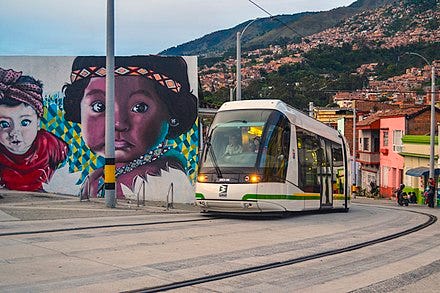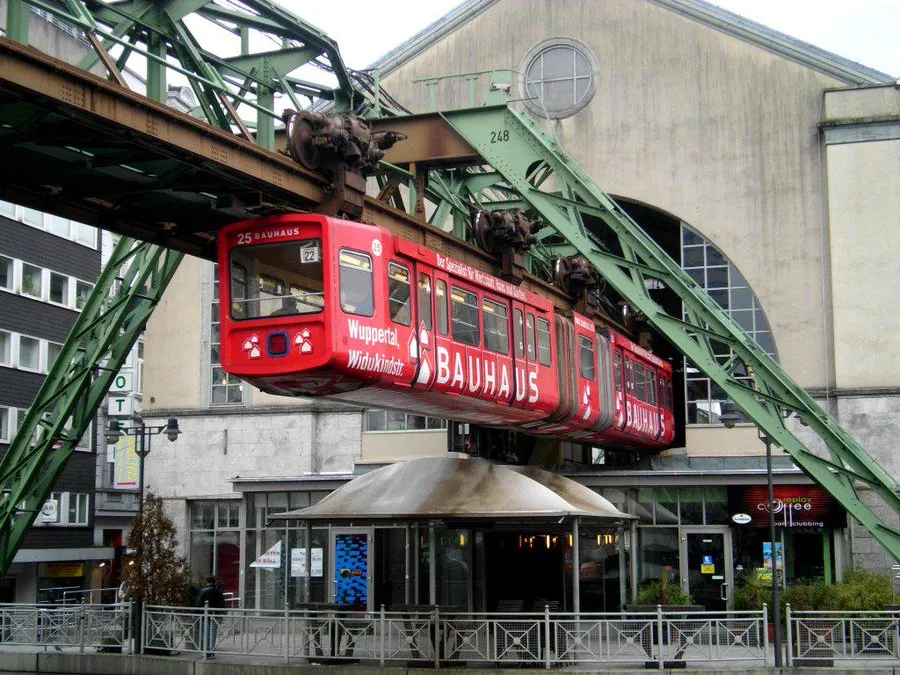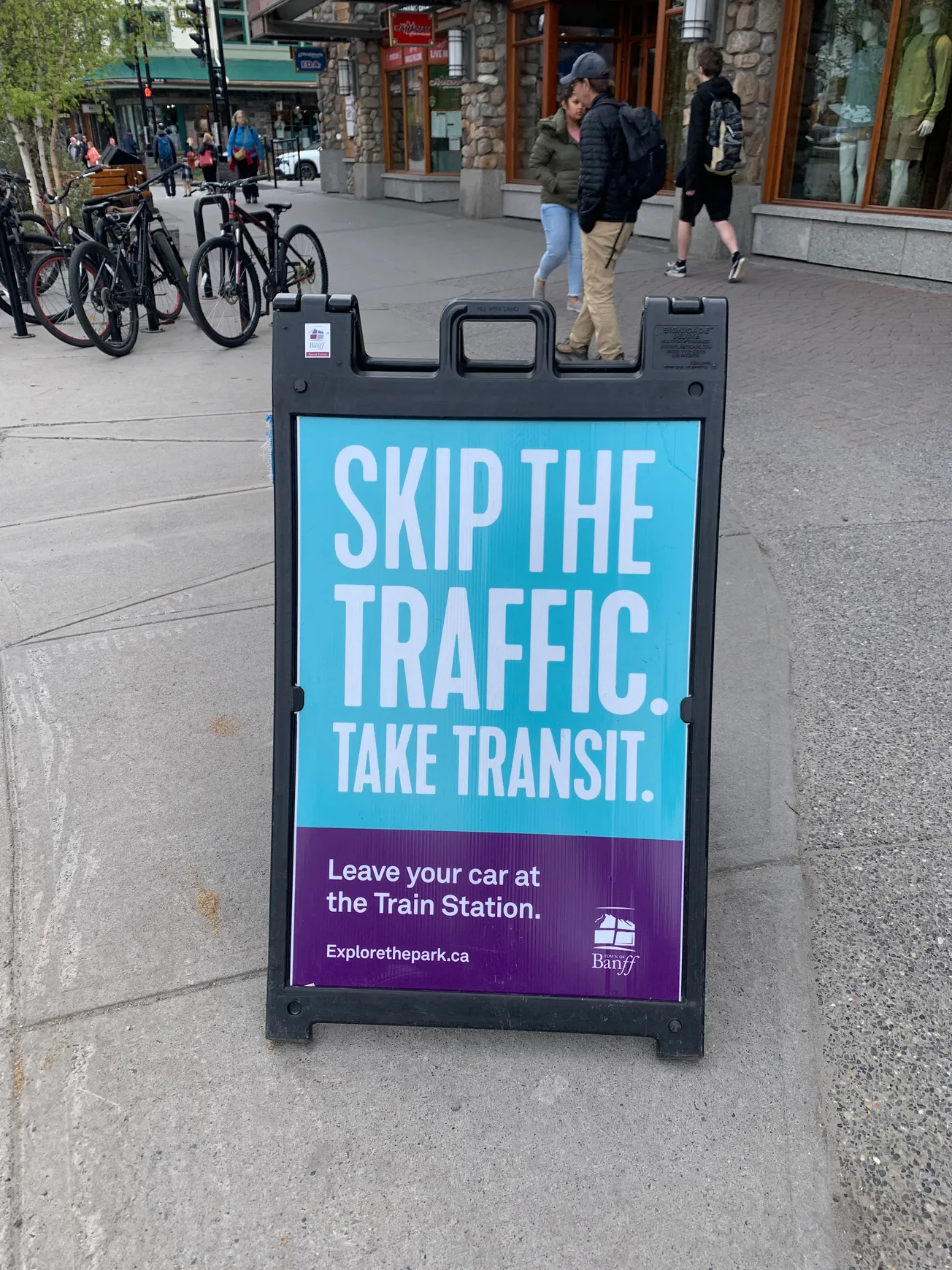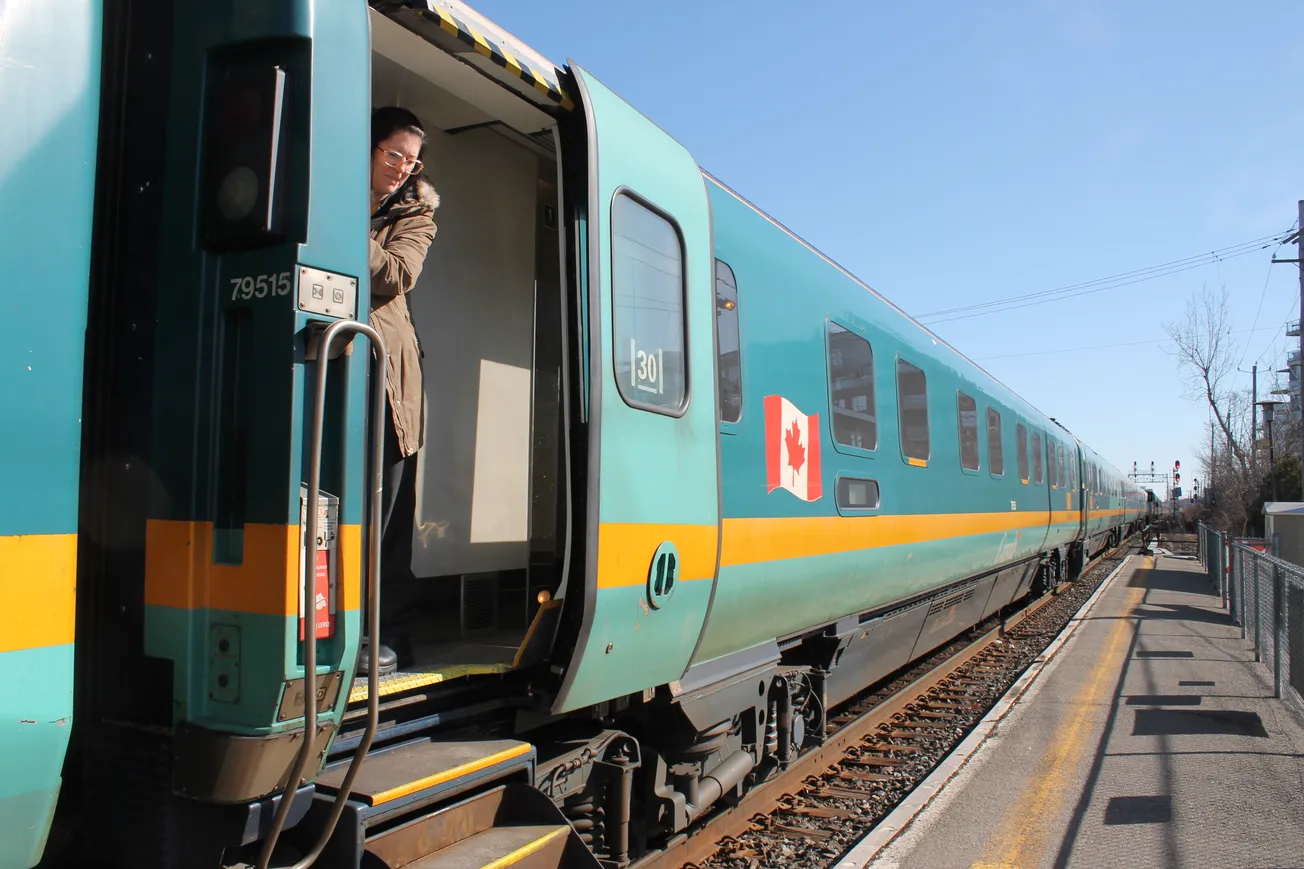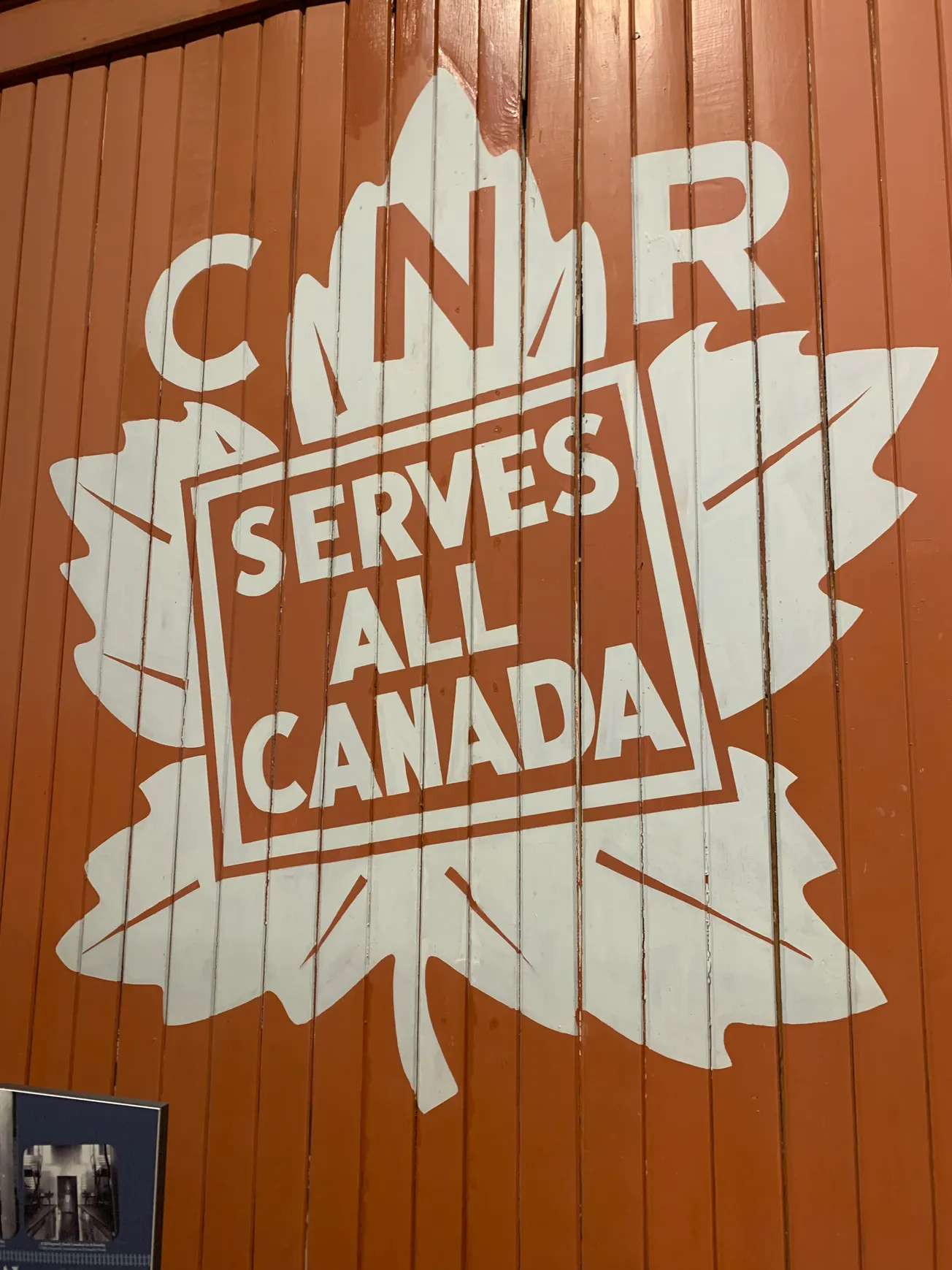Off-the-Wall Solutions that Keep People Moving
// Ever hear of the tram-train? It’s a system that lets lightweight trains travel quickly between cities, but also operate on city streets like trams. There’s one in Czechia, and another called the RegioSprinter, which is currently operating in Zwickau, Germany. They even trialled the system in Calgary, Alberta, back in the mid-1990s. It ran on Canadian Pacific railway tracks, and carried about 800 people a day at a top speed of 120 km/h (75 mph). And it had an awesome name: the Discotrain. (Given the era, though, shouldn’t it have been the GrungeTrain?)
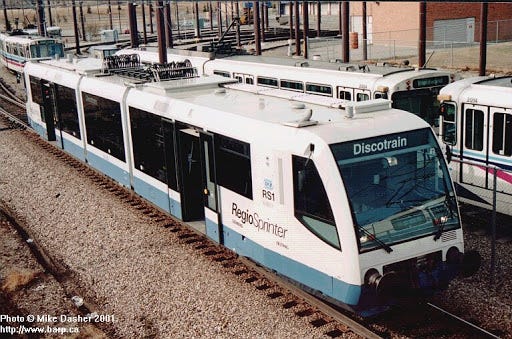
I love lateral thinking when it comes to transit. Lots of people get on my case when I mention offbeat transit solutions on social media, pointing out their impracticalities. (This often happens when I talk about rubber-tired trams, which follow single-track guideways on the streets, as they do in Clermont-Ferrand, France—a city that happens to be home of rubber-tire maker Michelin. Apparently these systems have their problems; but they’re also good at mounting steep grades, which is useful in the Colombian city of Medellín.)
But my default attitude is, hell, it’s better than building more parking and freeways. Which, of course, has been the non-Bizarro world’s default attitude for almost a century.
